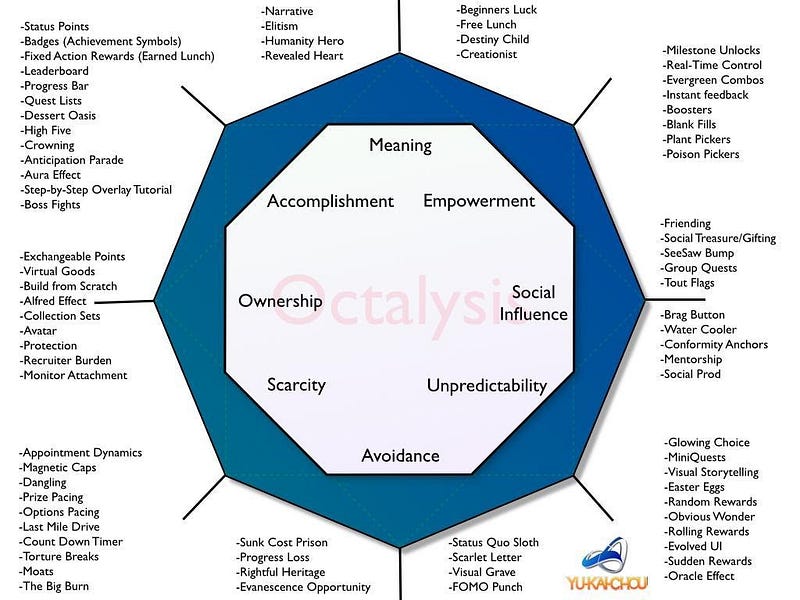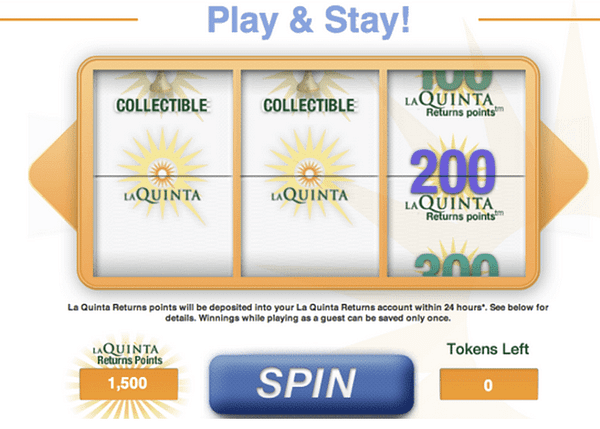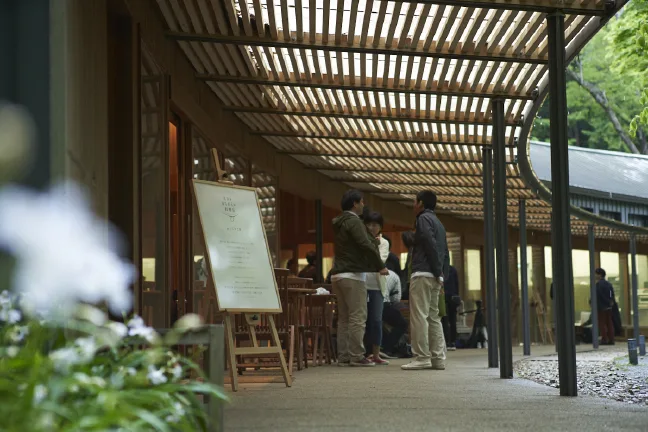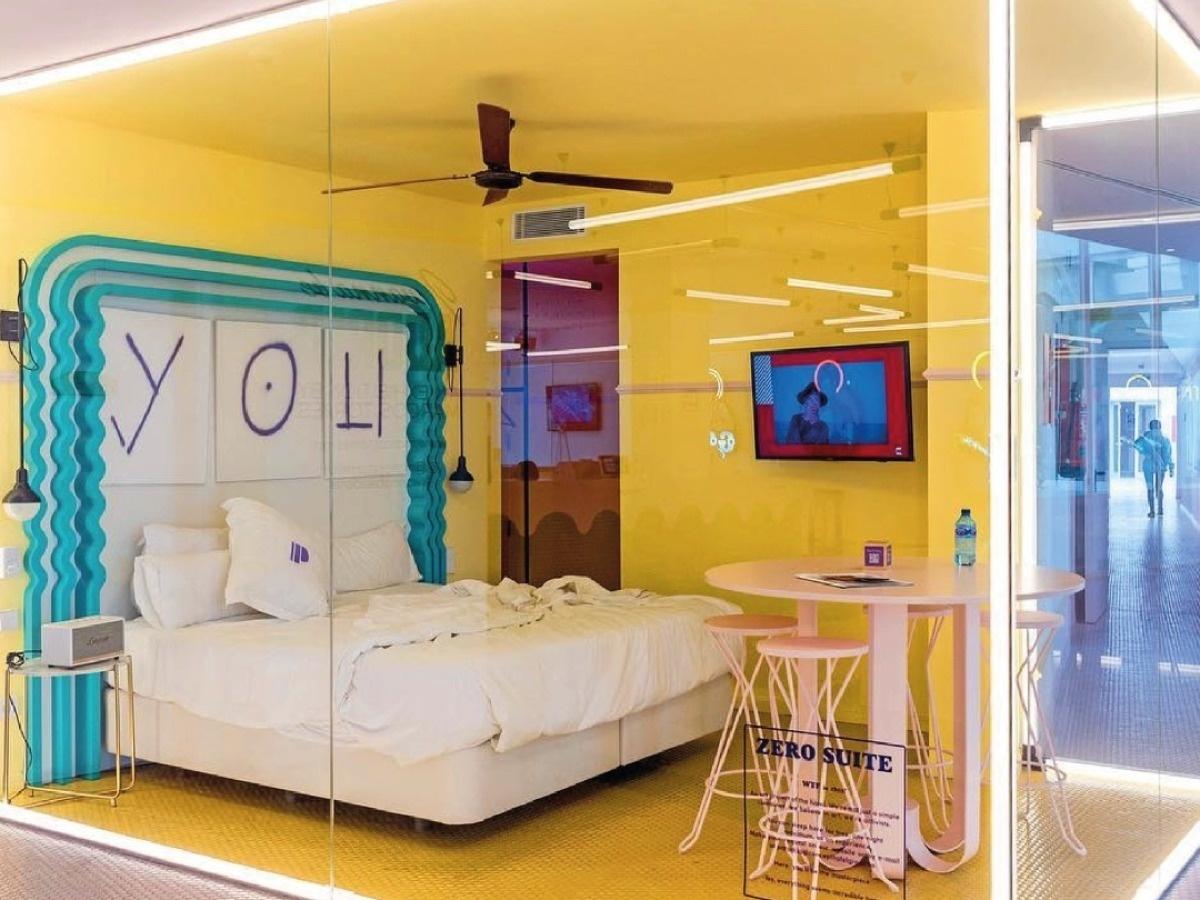Seriously Sustainable
December 31, 2019Architecture for the Paradise
January 6, 2020A story by Phoebe Truong
Gamification: Let’s start with the Principles
“Gamification is the craft of deriving all the fun and engaging elements found in games and applying them to real-world or productive activities.”
As defined by Yu-kai Chou — founder of two consultancy companies and author of the book “Actionable Gamification: Beyond Points, Badges, and Leaderboards”:
Think of rules of play, competition with other players, rewards and levels for achievement, points for progress… — these are the basic elements of the application of game into real life. Having been around for decades, gamification’s approach is that of Human-Focused Design where human’s feelings, ways of thinking, disposition and psychology are taken into account as the centerpiece, from where frameworks for motivating and engaging them are developed. Gamification brings to the table the dash of novelty that moves people and compel them to action.
The goals of this model application include increasing engagement, loyalty, brand awareness, motivation, purpose and/or ownership. It can be designed in a myriad of ways, but mainly plays on one or several of the eight core human drives: meaning, empowerment, social influence, unpredictability, avoidance, scarcity, ownership, and accomplishment.

Also Jane McGonigal has written extensively on the theme of gamification. In her iconic ‘Reality is Broken. Why games Make us Better and How They can Change the World”, she promotes the principles of gaming as the most involving organizational principles for the 21st Century.
Gamification is not a new ball game. But its implications and applications are both broadening and deepening
Gamification is no new ball game. Its application is mostly found in the fields of education, training and human resources, and productivity boosting, such as productive apps like Forrestapp, Habitica, Todoist Karma…
For businesses, it is a refreshing tool to raise brand awareness and ultimately push sales. Since 1987, McDonald’s Monopoly has taken North America and the UK by storm. Other global brands followed suit — Coca Cola’s Chok! Chok! Chok!,, Heineken’s Star Player, Samsung’s All Eyes on S4, Adidas’ Baseball’s Next Level, etc…
Equally interestingly, gamification has also made a contribution in medical research. Released in 2008, Foldit is a protein-folding game created as part of an experimental research project developed by the University of Washington. It allows users to predict the shape of a protein and map it. The better the model, the more points the player gets. In 2011, the game developers released a mounting challenge — users were given three weeks to create a model of a protein that scientists haven’t been able to themselves for 15 years. After three weeks, scientists compared the best models to x-ray crystallography of the protein and discovered that at least one group had determined the correct structure. The protein successfully modeled was in fact of an AIDS-related enzyme called Mason-Pfizer monkey virus (M-PMV), and this accomplishment represented a breakthrough in the field, allowing the discovery of drugs to prevent the disease from spreading throughout the human body.
Potential growth in hospitality
When it comes to Hospitality Industry though, gamification until now has gained little recognition. Which should surprise us as in hospitality work, play and pleasure are coming together as in no other industry — and work, play and pleasure are exactly the principles around which gamification revolves. Airlines mileage plans appeared as an early form of gamification, followed by loyalty points program adopted by hotels, restaurants, and so-on. And that’s about it. More provoking models, less basic and ‘boring’ are few and far between. But the tides as changing and here are some of the next-generation examples.

The hotel chain La Quinta set out to do something different. The chain has collaborated with digital marketing guru Luckydiem to roll out Play & Stay — a virtual slot machine online game that can win real perks. All one needed to do was to go to the site and hit “Spin” using the available tokens which were limited and renewed on a daily basis, and accumulate points in order to redeem free stay, gift cards or miles. Players ought to connect their Facebook account and sign up for the La Quinta rewards program to claim winnings. They could also earn additional spins by referring friends, liking the resort on Facebook or following it on Twitter. The game was simple yet highly addictive, and its rippling effects proved fruitful. Of 83,600 people on La Quinta’s email list who received the promotion for Play & Stay game, 2000 people signed up. Those 2000 people eventually led to 10,700 new referral signups. 34% of these users returned every single day and contributed to 23,000 unique user invites, 10,000 new Facebook Likes and 4,500 new Twitter followers for La Quinta. 14.1% of the users ended up becoming paying customers, making up 1,784 new bookings generated.

Another shining example of gamification in hospitality and tourism is Australian Tourism’s “Best Job in the World” campaign. In 2009, the Tourism department of Queensland, Australia wanted to promote the Great Barrier Reef as a global tourism destination, as not many people knew of it at the time. A six-week global competition took place where applications had to submit a provoking video and get voted online to win the job of the “Caretaker of the Islands” in the Great Barrier Reef for half a year. Remuneration was attractive, including an all-inclusive package of a large salary, free lodging in a multimillion-dollar villa, and transportation there and around the islands. The campaign went viral — suddenly everyone was talking about going to Australia. “Best Job in the World” appeared on numerous newspapers and TV news across the globe. Over 35,000 applications were received from over 200 countries, driving Incredible traffic to the website — it crashed after two days of launching. In the end Queensland found a suitable winner, generated more than $200 million in global publicity value while invested merely $1 million — that is 200% return on investment. Several similar campaigns were made for other destinations in Australia.
The most recent and arguably most extreme adaptation of gaming in real life is the Trivial Pursuit Hotel in Russia. Launched in 2019, it is the world’s first and only hotel that accepts knowledge as payment. Potential players can sign up directly on the website and go through a brain-wrecking quiz of multiple knowledge questions in order to get a reservation at the luxurious premise — a two-stores country house with three bedrooms, a sauna, fireplace and barbecue. The game does not stop there — inside the house, amenities such as the bed, TV and dinner are also to be unlocked with correct answers, as well as other add-on activities. It is an ever-going challenging game throughout the whole experience at the hotel! Trivial Pursuit’s guest list has got 7 names so far.
The other side of the coin
Despite the potential lucrative reaps of gamification, designing an effective one is not so much of a child’s play. Critics of the technique include the novelty wearing off after time, as people are easily bored and always in search of something new; being able to generate short-term results but having limited long-term impact; controversially lower return on investment as compared to other marketing tools like social media; and last but not least, it requires very well designing or it will run the risk of being clumsily executed.
Nevertheless, given the invariable rise of the virtual world and artificial intelligence to solve real-life problems and open new sphere for explorations, gamification is predicted as an emerging trend that helps businesses gain a competitive edge and stay ahead of the game. In the world of hospitality particularly, simplistic application is commonplace and monotonous, while breakthrough creations are sporadic with plenty of room for more research and collaboration with in-field gamification experts. It hereby poses an intriguing question for players in the sector: Is there room in your hospitality model for gamification and how can your enterprises incorporate gamification into its product/service?
This is a story of the Futurist Club
By Science of the Time
Written by: Phoebe Truong

Currently pursuing a Master in Hospitality Management degree at the University College of Hospitality and Culinary Arts Sant Pol de Mar, Spain. Passionate about facilitating the best authentic travel experiences for myself and for others, at the same time making the world a better place.



